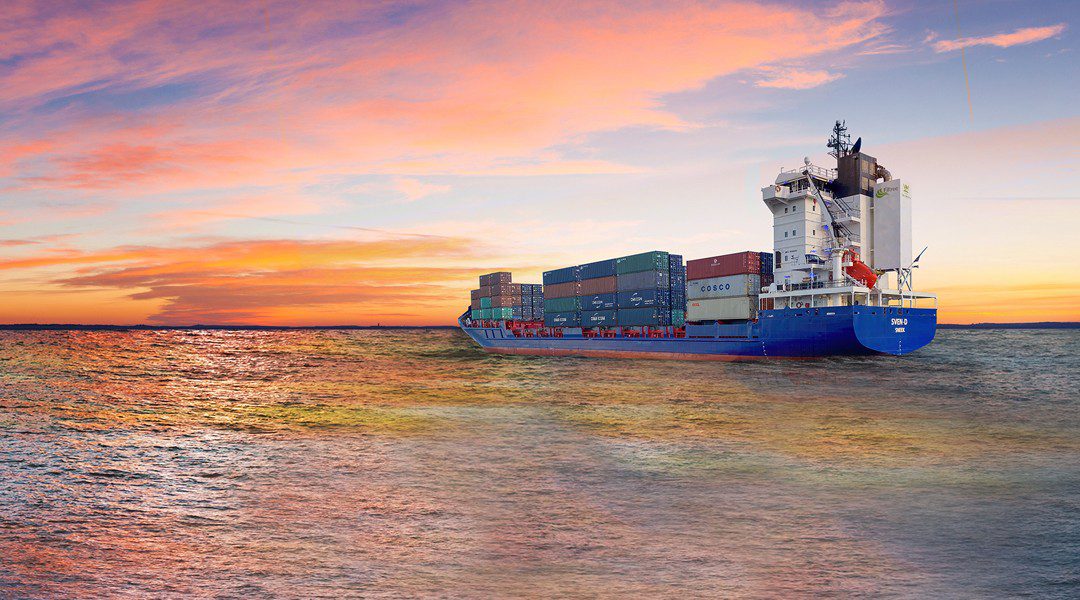Sri Lanka looks likely to be the first country in the world to effectively have been bankrupted by the pandemic and its influence on the country’s balance of trade. A heavy dependence on tourism, plus some misjudged agricultural decisions, meant that its finances were crippled from March 2020 onwards. The authorities are now doing anything they can to get US dollars into the island.
The newly appointed cabinet minister of ports and shipping, Premitha Bandara Tennakoon, has got the Sri Lanka Ports Authority (SLPA) to ensure that shipping lines calling the country from June 1st pay their dues in US dollars rather than in local currency. He hoped that this would bring in more than $100m a year.
However, because of ongoing fuel shortages (caused by the lack of foreign exchange), the number of vessels calling at Colombo Port could decline. A report from Indian market researcher CRISIL, a subsidiary of S&P Global, suggested shipping lines might look elsewhere for calls in south Asia for transshipments.
Sri Lanka has seen a 70% decline in its reserves over the past two years. The country needs up to $4bn in bridge financing to help meet its essential expenses.
The World Bank agreed this week to provide Sri Lanka with $600m in financial assistance to help meet payment requirements for essential imports. Talks were ongoing with the International Monetary Fund, while major creditor and port investor, China, has also said that it was willing to help.
The Ceylon Electricity Board (CEB), the largest electricity company in Sri Lanka, announced at the beginning of this week that there would be rolling power cuts due to the lack of sufficient fuel and water to generate electricity.






